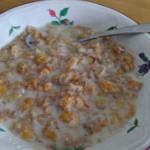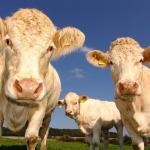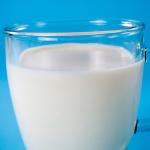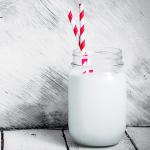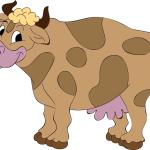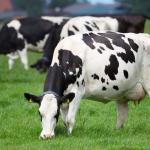Never let it be said that ACSH isn't at the forefront of reporting critical topics. No siree, if something important breaks, we're on it. And fast.
milk
One of our missions at ACSH is to change the media narrative about science and health. Too often, the media publishes "click bait" with the intention of scaring people or promoting a new food fad. That does a disservice to the public.
I must be psychic. (And before you ask, no, we aren't getting paid by the dairy industry.)
All across America, households prepared for Santa Claus by setting out a dish of his favorite late-night snack: Cookies and milk. But an increasing share of households probably set out a glass of soy, almond, or oat milk instead of dairy. Why?
As if Texas didn't have enough to deal with after hurricane Harvey, there's now a problem that is, at least, preventable - brucellosis from drinking raw milk.
An advertising slogan from years ago — "You Never Outgrow Your Need For Milk" — reminds me of what used to be taken for granted in the US — kids need cows' milk in order to grow and develop properly.
A growing number of parents choose to opt out of giving children their daily dose of milk, and switching to alternatives like almond milk or cashew milk.
http://cdn.nutrition.org/content/early/2017/02/08/cdn.117.000422
